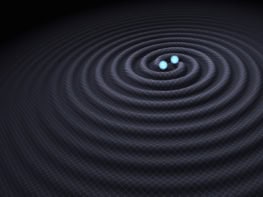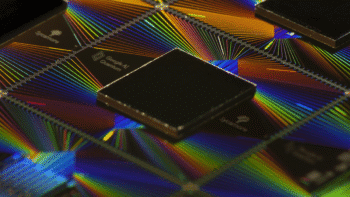Experiments have started at a new 'antimatter factory' at CERN in Geneva. The laboratory's Antimatter Decelerator (AD) is delivering low-energy antiprotons to three experiments that will probe the difference between matter and antimatter. The experiments could shed light on why our universe appears to contain only matter, even though it is thought that equal amounts of matter and antimatter were created in the Big Bang.
Unlike most experiments at CERN, the £3.2 million Antimatter Decelerator (AD) is designed to slow down particles rather than accelerate them. The antiprotons are created when high-energy protons from the lab’s Proton Synchrotron strike an iridium target. The antiprotons are siphoned off and directed towards the AD, a 188m circumference ring, where they are focussed into a beam and slowed down.
The deceleration process causes the spread of energies in the beam to increase, and so the beam must be stabilized with a variety of stochastic and electron cooling techniques. The beam momentum is reduced from 3.57 GeV/c to about 100 MeV/c, which is low enough for detailed antimatter experiments, in several stages. The deceleration process takes about one minute and has an efficiency of about 25%.
Two of the experiments at the decelerator, ATRAP and ATHENA, will study antihydrogen, while the ASACUSA experiment will look at the ‘atomcules’ produced when an electron in a helium atom is replaced with an antiproton.
Antihydrogen was first produced with high-energy antiprotons at CERN in 1995, but the antiatoms did not survive long enough for them to be studied in experiments. A source of low energy antihydrogen would open up a number of exciting research possibilities. “For the first time we will be able to isolate and trap antihydrogen in a way which will enable precise analysis,” said CERN spokesman Neil Calder.
The ATRAP experiment is designed to produce ‘cold’ antihydrogen atoms by combining the antiprotons with positrons in a single Penning trap. The ATHENA project will try a slightly different approach, firing the antiprotons through a cloud of positrons in the hope that some will stick together. A major aim of both experiments is to carry out a detailed comparison of the atomic structures of hydrogen and antihydrogen. Any differences could help explain why our universe is dominated by matter.



